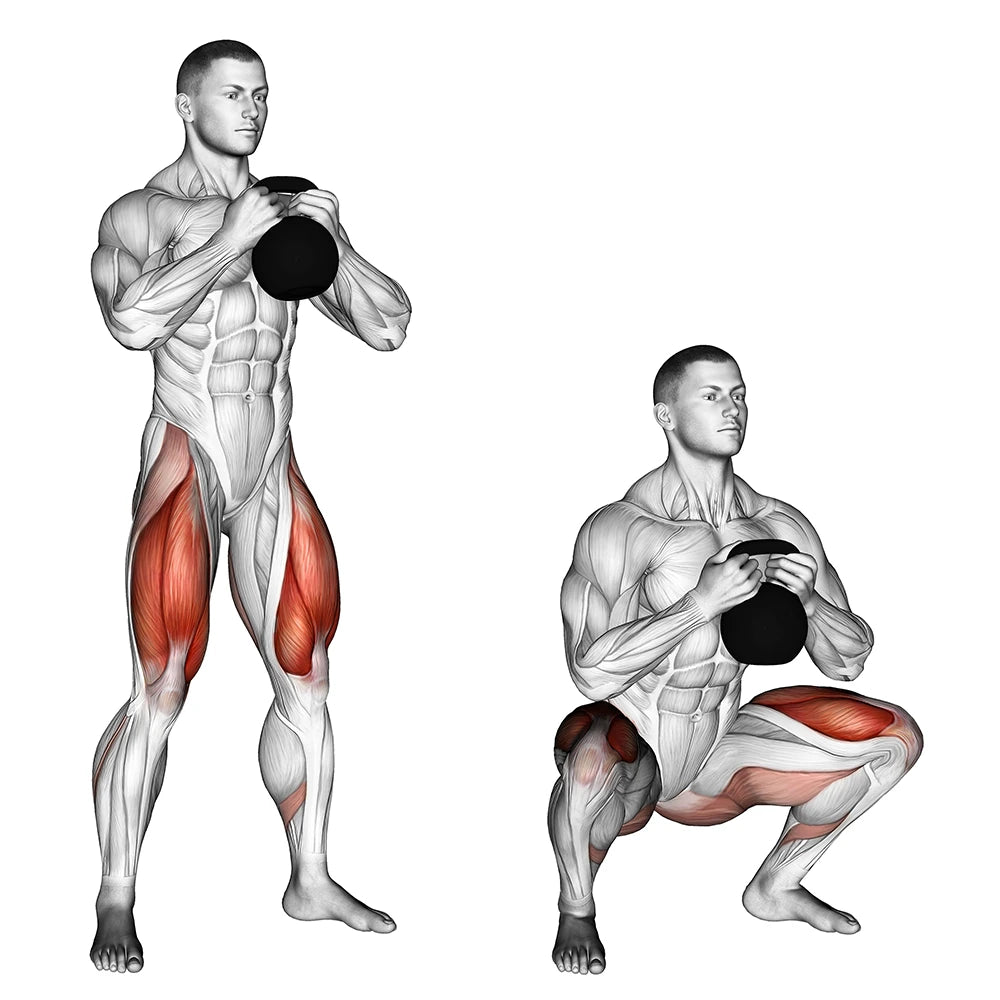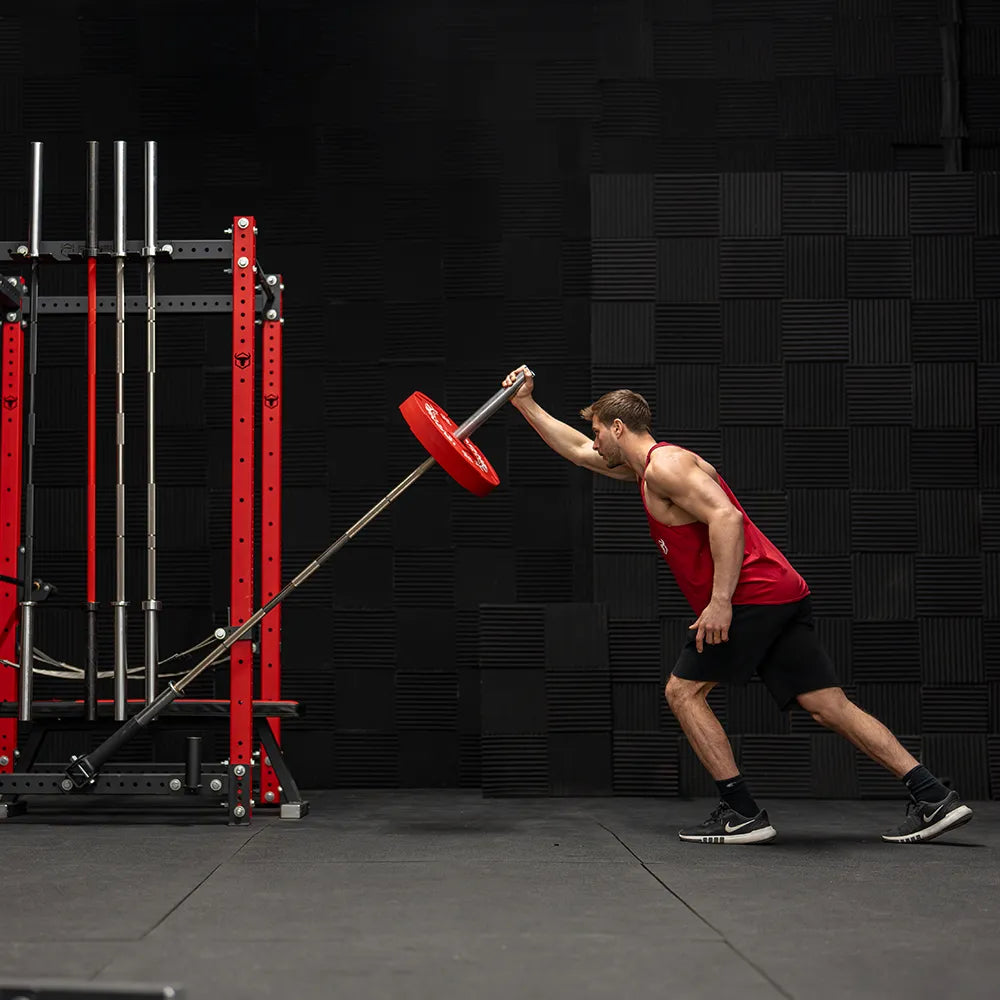Seal Rows vs. Dumbbell Rows: Which is Better for Back Training?

When you're looking to build a strong, muscular back, the debate often centers around seal rows and dumbbell rows.
Each has perks and serves different purposes based on your training goals and preferences.
Let's break down these exercises to figure out which might be the best fit for your back workout. Both are highly effective, but their differences in technique and muscle engagement might make one more suited to your needs.
What are seal rows?
Seal rows involve lying face down on a bench or platform, typically elevated off the floor.
You can use either dumbbells or a barbell, pulling the weight up to your chest while keeping your elbows close and focusing on squeezing your shoulder blades together. Usin a good pair elbow sleeve can help maintain good posture.
You'll need a sturdy weight bench that allows for proper support and elevation to perform this exercise.
Benefits of seal rows
One of the major benefits of seal rows is the reduced involvement of the lower back. If you have lower back discomfort or want to avoid loading your spine, seal rows are a great choice. Since you're lying flat, there's no need to stabilize your lower back.
If you're looking to protect your joints, consider adding elbow sleeves for extra support and comfort during the movement.
Seal rows also allow greater focus on the lats and upper back muscles. This makes them ideal for lifters who enhance back width and thickness without lower back strain.
Another advantage is the increased range of motion compared to dumbbell rows. You can pull the weight higher toward your chest, allowing for a more complete contraction of the back muscles.
Using a lifting belt during these lifts can also provide additional support for your lower back, helping you maintain proper form and reduce the risk of injury.
Changing the angle of the bench can further help target different parts of the back, such as the traps and rear delts.
What are dumbbell rows?
Dumbbell rows are performed by supporting one hand and knee on a bench, with the opposite hand holding a dumbbell. You pull the weight toward your side, keeping the elbow close to your body and focusing on driving it as far back as possible.
To execute this move, a set of hexagonal dumbbells will provide stability and control throughout the exercise. With these free weights you should choose a high quality dumbbell rack for the best weight storage solution.
Benefits of dumbbell rows
Dumbbell rows engage the lower back for stabilization, making them a great exercise for those involved in powerlifting or other strength-based sports.
Since you must maintain spinal stability, the exercise offers carryover to movements like deadlifts, where core strength is crucial.
If you're incorporating heavy compound lifts like deadlifts into your routine, having access to a reliable squat rack will make your workouts more efficient.
Dumbbell rows also train your grip and forearm muscles, which are essential for handling heavier loads in other lifts. The grip challenge is a good exercise for improving your overall pulling strength.
Dumbbell rows typically allow you to lift more weight than seal rows.
This is because more muscle groups, including the biceps and forearms, are engaged. You can also use slight momentum, making it easier to move heavier loads and increase the intensity of your back training.
Seal rows vs. dumbbell rows: which should you choose?
Both exercises are effective for building a strong back, but choosing between seal rows and dumbbell rows depends on your goals and circumstances.
Seal rows are better if you want to focus on isolating your upper back and lats. They're also great if you have lower back issues and need to minimize spinal stress. Plus, they offer a greater range of motion and less need for core stabilization.
Dumbbell rows are a better choice if you want to develop full-body strength with an emphasis on spinal stabilization.
They allow you to lift heavier weights and involve more muscle groups. Additionally, they train grip and forearm strength, which is essential for other lifts.
Both seal rows and dumbbell rows are valuable exercises for developing back strength and muscle. If you're dealing with lower back concerns or aiming to focus purely on upper back activation, seal rows are a great option.
On the other hand, if your goals include improving strength, core stability, and grip power, dumbbell rows might be the better choice.
For optimal results, consider including both exercises in your routine. By alternating between them on different training days or phases, you can target different muscle groups and reap the benefits of both movements.


